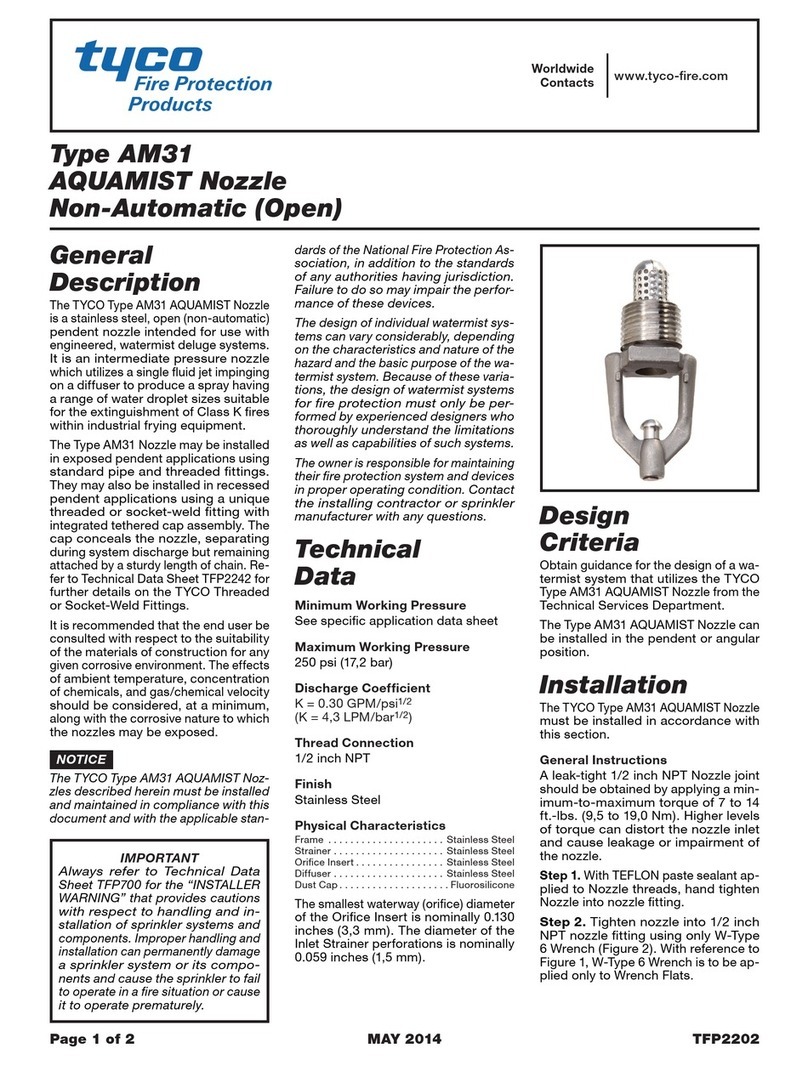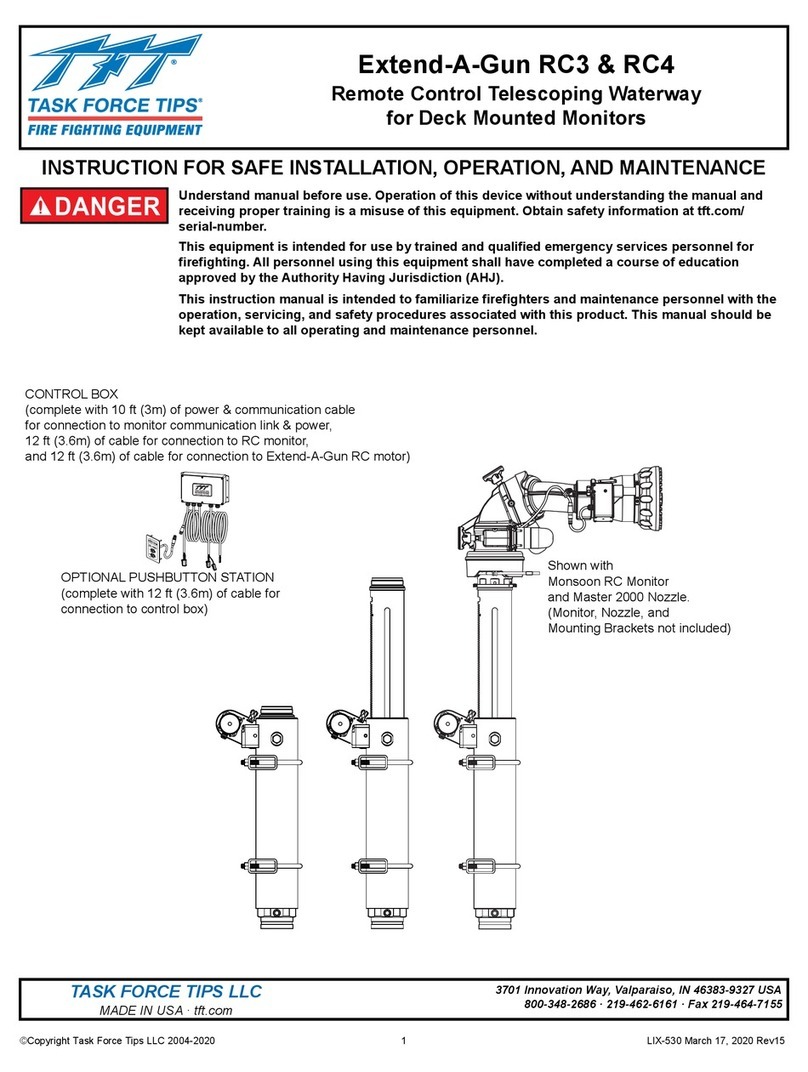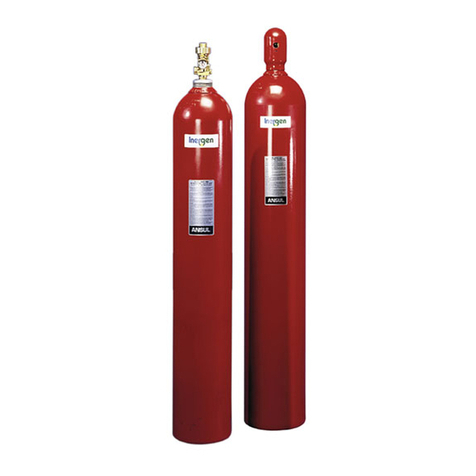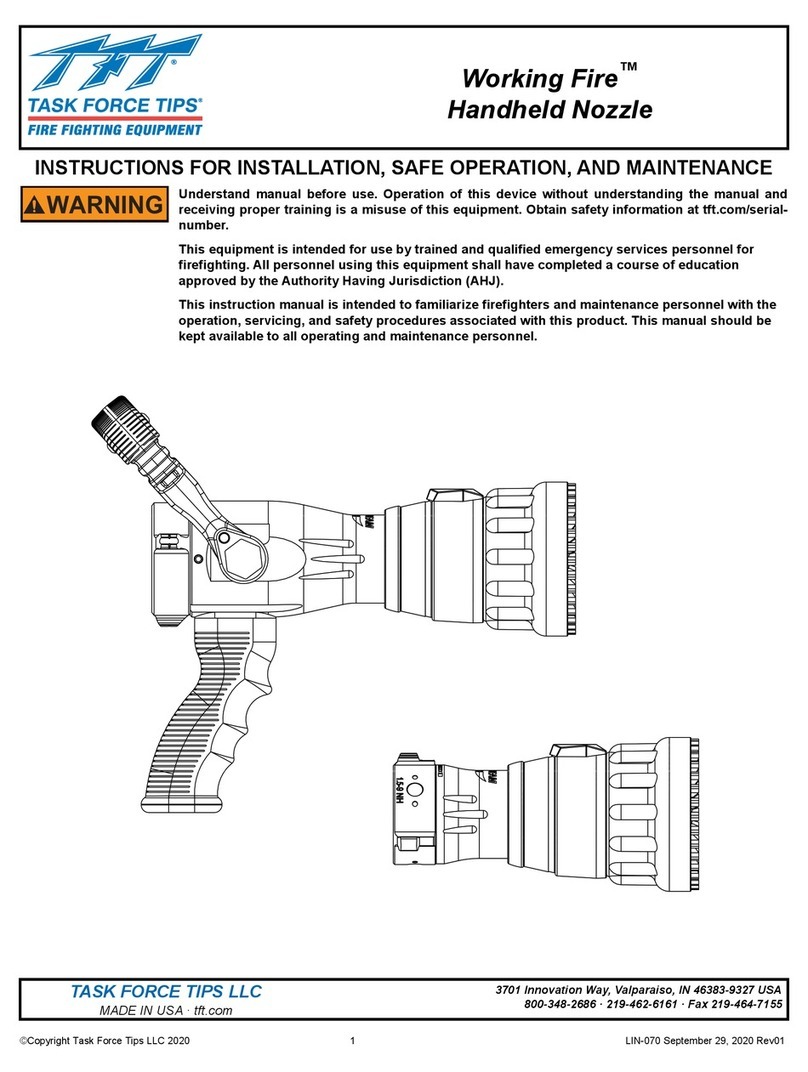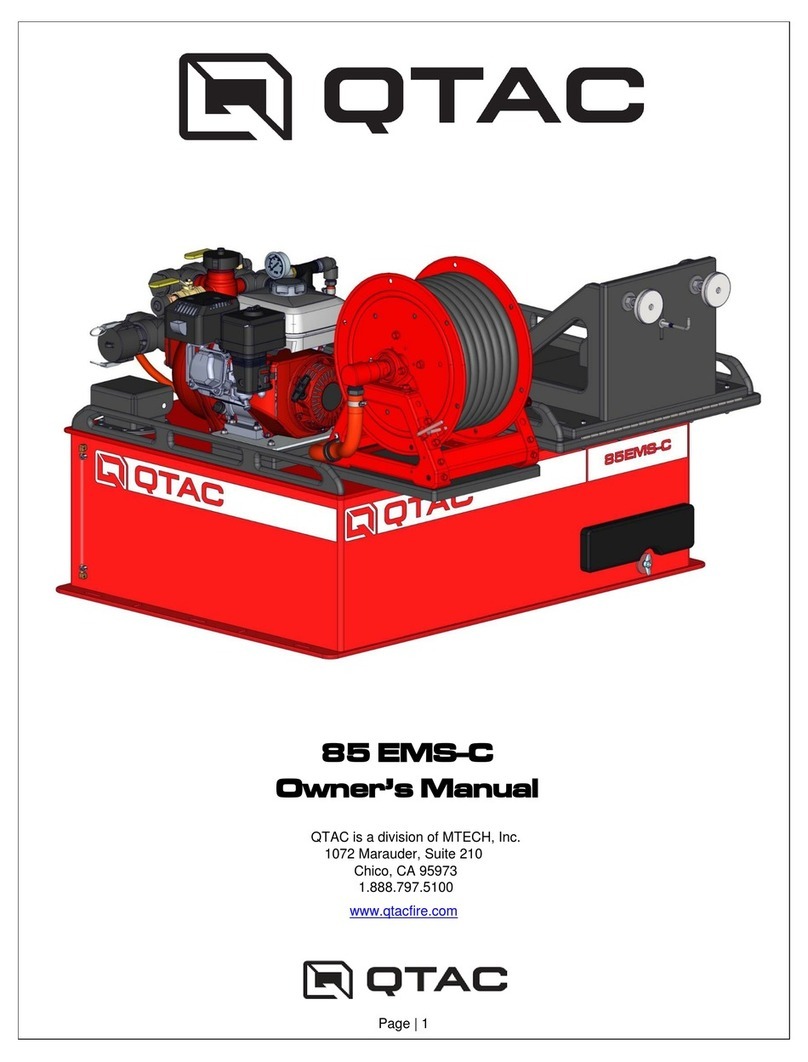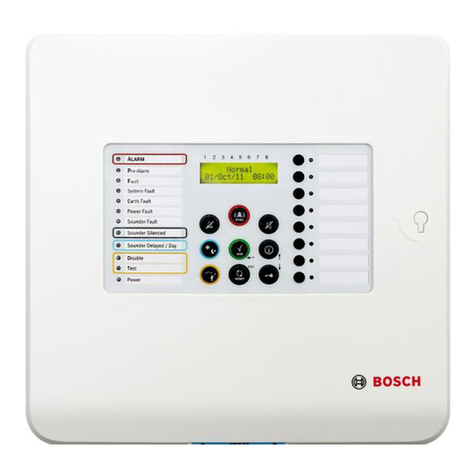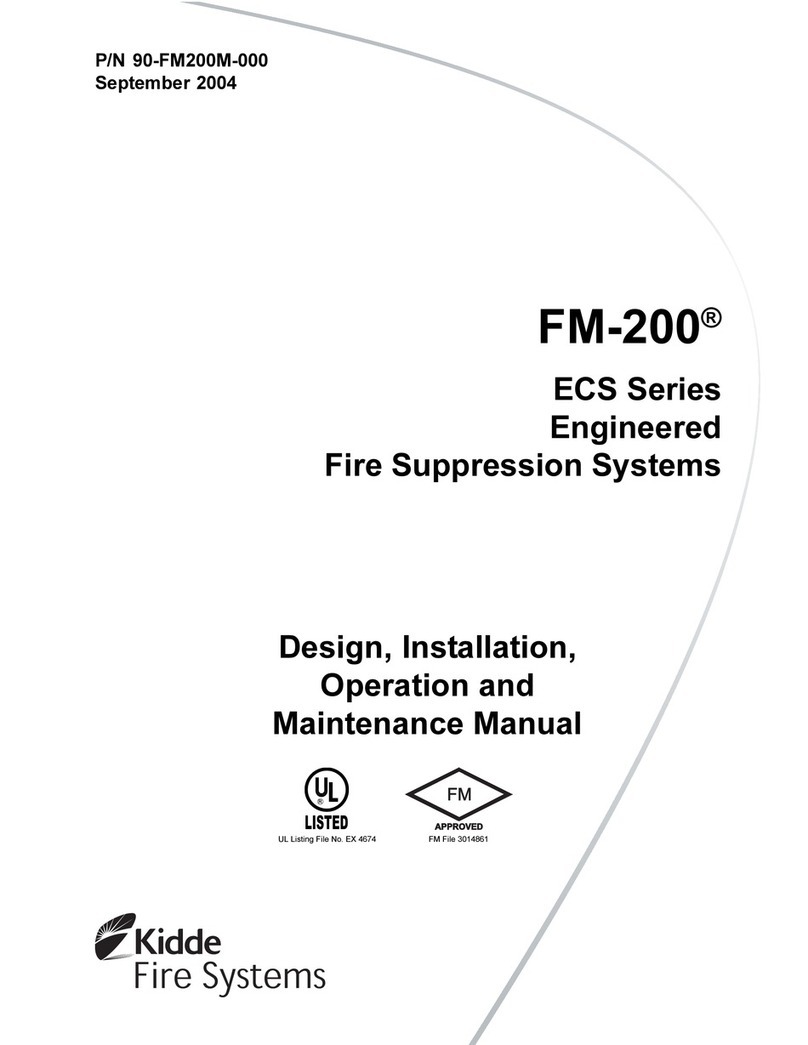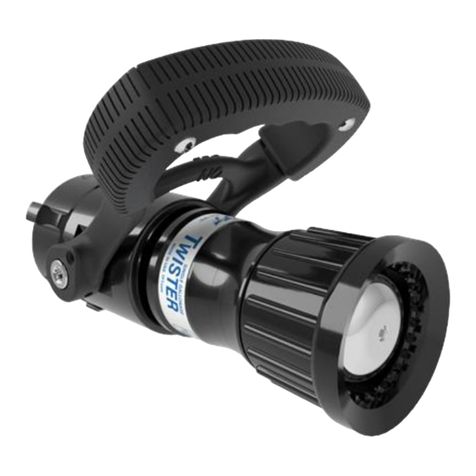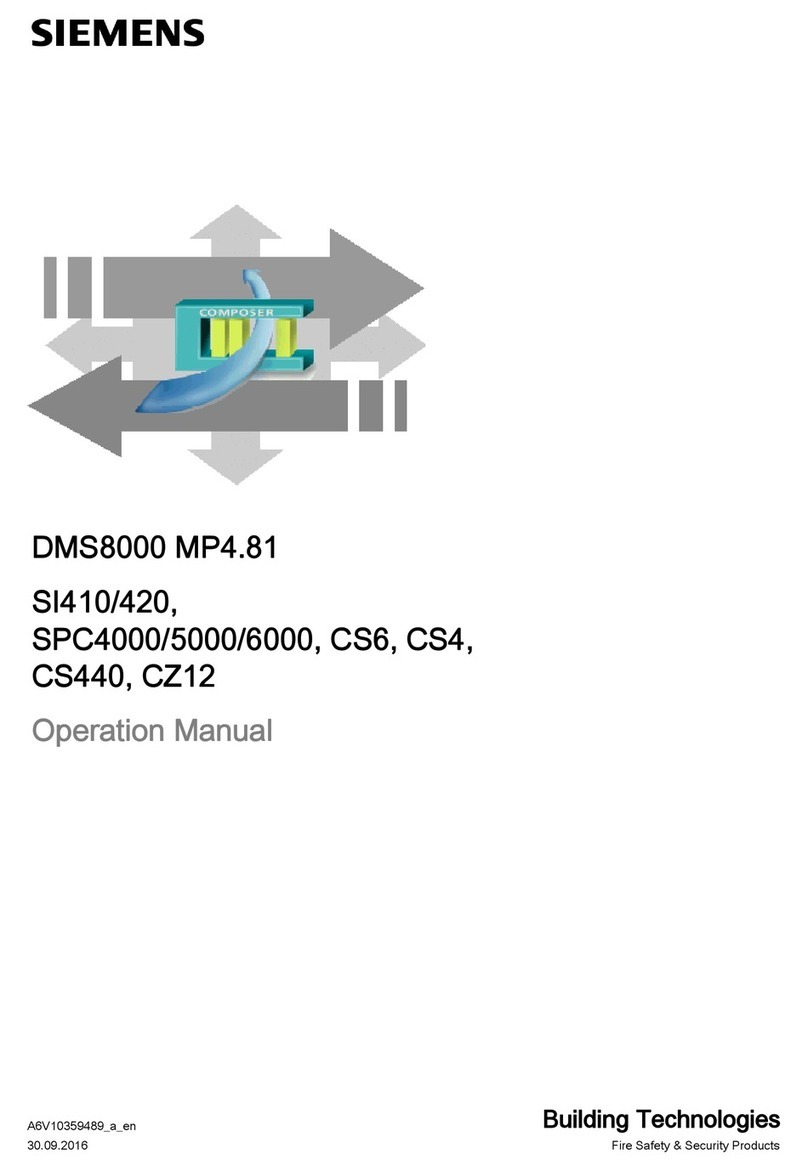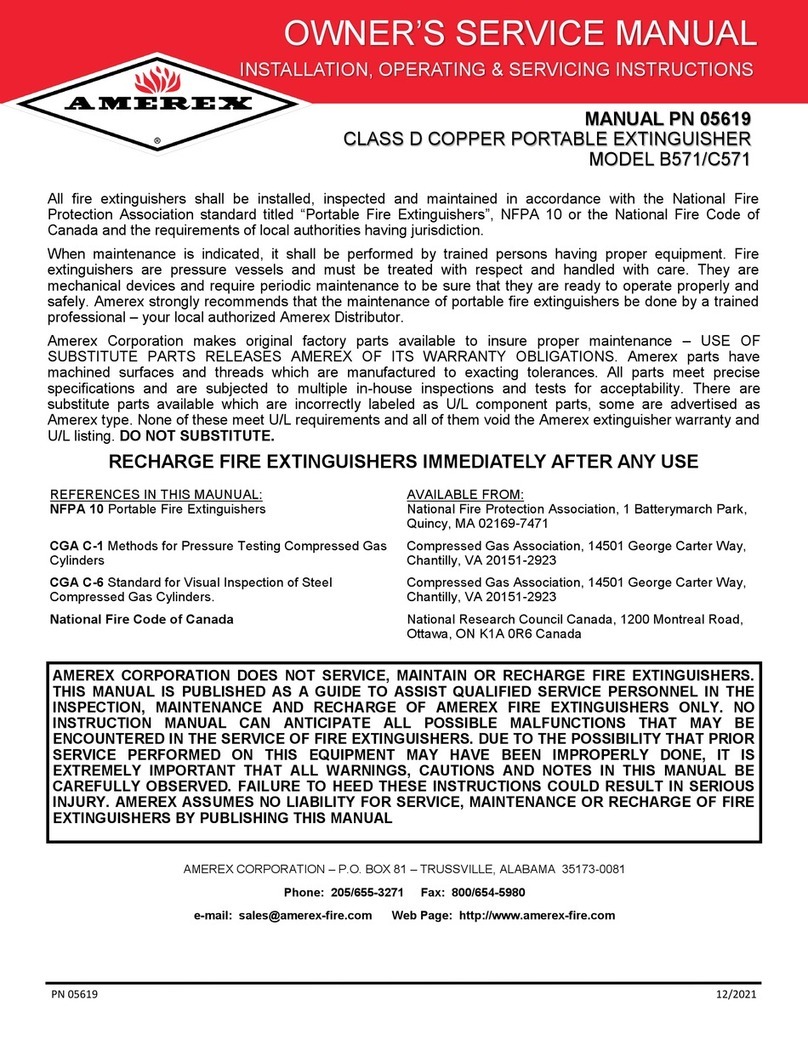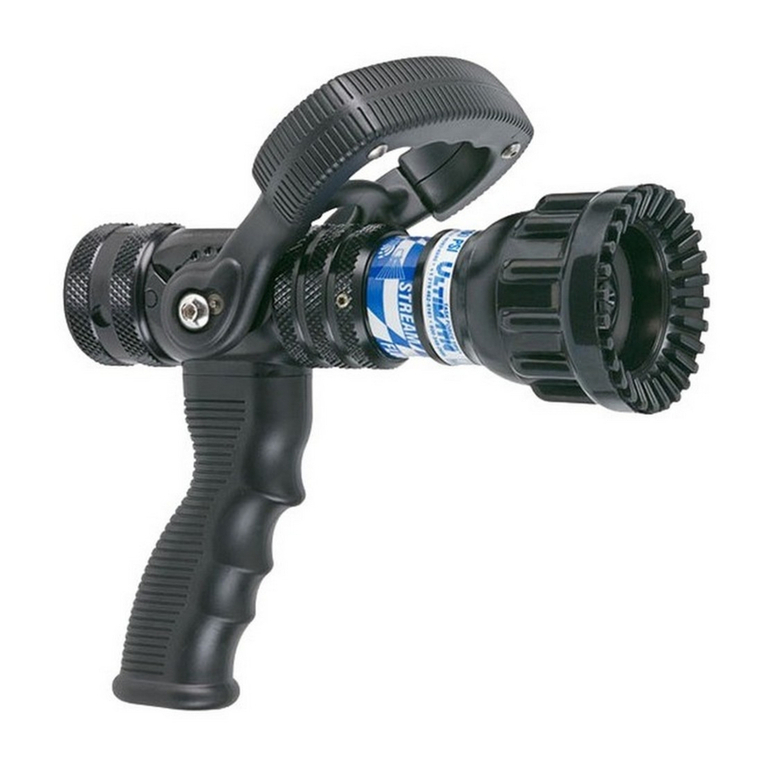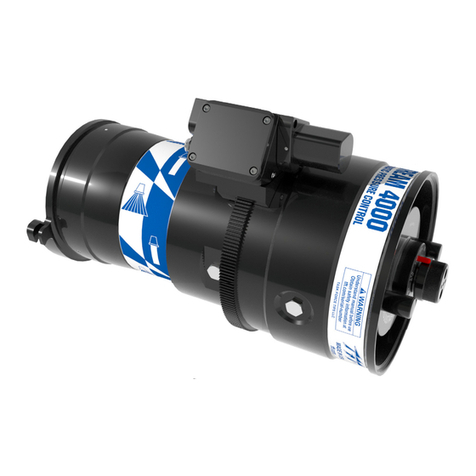Table of Contents
Section 1: Introduction............................................................................................................ 1
Valve System............................................................................................................................................2
Section 2: Deploying the Bucket............................................................................................. 5
Attaching to the Cargo Hook....................................................................................................................5
Connecting Power.....................................................................................................................................6
Longlines ..................................................................................................................................................7
Checking Tail Rotor Clearance.................................................................................................................8
Instant Deployment System (IDS)............................................................................................................9
Section 3: Accessories...........................................................................................................11
Foam Injection Systems..........................................................................................................................11
Power Pack..............................................................................................................................................13
Section 4: Making Adjustments.............................................................................................15
Adjusting Components............................................................................................................................15
Section 5: Packing and Storage.............................................................................................17
Packing....................................................................................................................................................17
Storage....................................................................................................................................................20
Section 6: Troubleshooting and Maintenance......................................................................21
Troubleshooting......................................................................................................................................21
Maintenance Procedures.........................................................................................................................25
Section 7: Repair Assessment Guide....................................................................................27
Overview of Repair Categories...............................................................................................................27
Head Repair Criteria...............................................................................................................................28
Cables Repair Criteria.............................................................................................................................29
M-Straps/Top Chains Repair Criteria.....................................................................................................30
IDS Hub Repair Criteria .........................................................................................................................31
Bucket Shell Repair Criteria...................................................................................................................32
Section 8: Repairs...................................................................................................................33
Rigging Repairs ......................................................................................................................................33
Valve Repair and Replacement...............................................................................................................39
Shell Repairs...........................................................................................................................................51
